In this time of identity politics — and, before you go blasting said self-styled segregation, it would do well to remember that we bikers have been waving at each other in solidarity since the invention of the Brough Superior — it has become increasingly important to identify as a group. With numbers comes power and even if we bikers can’t always reach a common consensus, we do seem to have a singularity of purpose — saving and/or promoting our sport — that unites us all.
But who are we? What does unite us? What do we share in common and where do we diverge, becoming individuals within the combine. A bunch of data came out from the American Motorcycle Industry Council and the Canadian Motorcycle & Moped Industry Council recently and it paints a pretty comprehensive picture of who we are, what we ride and, importantly for the motorcycle manufacturers that make up both the MIC and MMIC, when we buy what we ride (no surprise: most of us buy our bikes in the spring and summer, though a lot of sales are consummated during bike show season).
The first thing to note is that, while much of the demographic information presented here is sourced south of the border, our MMIC says that the MIC’s demos hold true here — “our demographics are pretty similar to the US right down to the ratio of people to sales” (Canada is 10% of the population and our sales tend to be 10% of the US).
And, no surprise to anyone who rides, those data say we’re old and getting older. Right now the median age of a motorcyclist is 50 years old. Four years ago, it was 47; two years before that it was 45. If, from this information, you wanna conclude that motorcyclists are all the same people who were riding 20 years ago, just greyer and more pot-bellied, you’ll get no argument from me.
Indeed, the pattern of sales bolsters this notion that it is still the same old — I like to think experienced — biker supporting the industry. While much has been made of the number of smaller displacement bikes being offered these last few years, motorcycles over 951 cc have consistently accounted for about half of all the street bikes sold for the last five years. For 2019, that number was 48.97 per cent of total motorcycle sales. By comparison, the under 250 cc segment accounts for just 12.53 per cent of sales volume and has been shrinking since 2013. The one bright spark that might signal a little new blood is that 251-to-600 cc bikes are selling better, but their 13.71 per cent share of new bike sales is still barely a quarter of the litre bikes we Boomers buy. Motorcycle makers keep making big noise about appealing to “new” motorcyclists. Some even do so at the expense of their traditional customers. The data would seem to indicate that they do so at their own peril.
One area they may want to spread that “new” appeal, however, is to female motorcyclists. According to the MIC, fully 19 per cent of all American motorcyclists are now women. That’s up from just 14 per cent three years ago and 10 per cent in 2009. I’m no statistician nor demographer, but it strikes me that one in five is a threshold simply too important not to be marketed to. According to the MIC, these new women riders also spend their money more freely, the US$574 they spend annually on gear and accessories compared with the US$497 that men spend. And, if you want to draw the conclusion that, even as motorcyclists, women are more sensible than we men, again, you’ll get no argument out of me. That rising importance might also explain why, for the first time, Dainese is offering much of its high-end, air bag-equipped protective apparel in women’s sizing and cuts.
Another interesting tidbit is that, again no surprise, we Canadians are an outdoorsy people. Fully 43.58 percent of 2018’s sales were off-highway vehicles — the MMIC’s designations for dirt bikes and ATVs. And, showing that said outdoorsy types are buying top-of-the-line motocrossers and four-wheelers, the money spent on ohvs actually exceeds sales by two percent (45.58 percent by dollar value). In other words, we’re spending more Canbucks per ATV than we are on motorcycles. Considering the aforementioned statistic that almost half of motorcycle sales are over 951 cc and how many of those are expensive Harley-Davidsons, we’re spending some serious moolah on quads.
Surprisingly, for I’ve been long told that Quebec is the spiritual home of the ATV, more Ontarians — 13,898 versus 11,343 — bought ATVs is 2018 than did Quebecers. On a per capita basis, Quebec still polls significantly higher. Nonetheless there must be a $%^#load of ATVs up in Timmins and Sudbury that I’m not seeing.
Quebec, despite some travails with its public insurance policies, still remains the king of the street bike, the 18,818 motorcycles sold in la belle province almost 30 percent of Canada’s total sales. Meanwhile, on a per capita basis, Alberta is tops in the popularity of motorcycling, its 129,177 motorcycle registrations (as of 2016) more than triple that of 2000 and the 2.3 motorcycles sold in the province per 1,000 people also tops.
So, we are older and greyer. Indeed, were I sceptic — who, me? — I’d say the immediate future of our sport lies where it always has, in the hand (grips) of the Boomers that have supported the industry for the last 30 years. Surprising — and encouraging — significant growth is to be found amongst young females. Unfortunately, that would seem to indicate that our male progeny, in motorcycling, as in too many things these days, are being left behind.

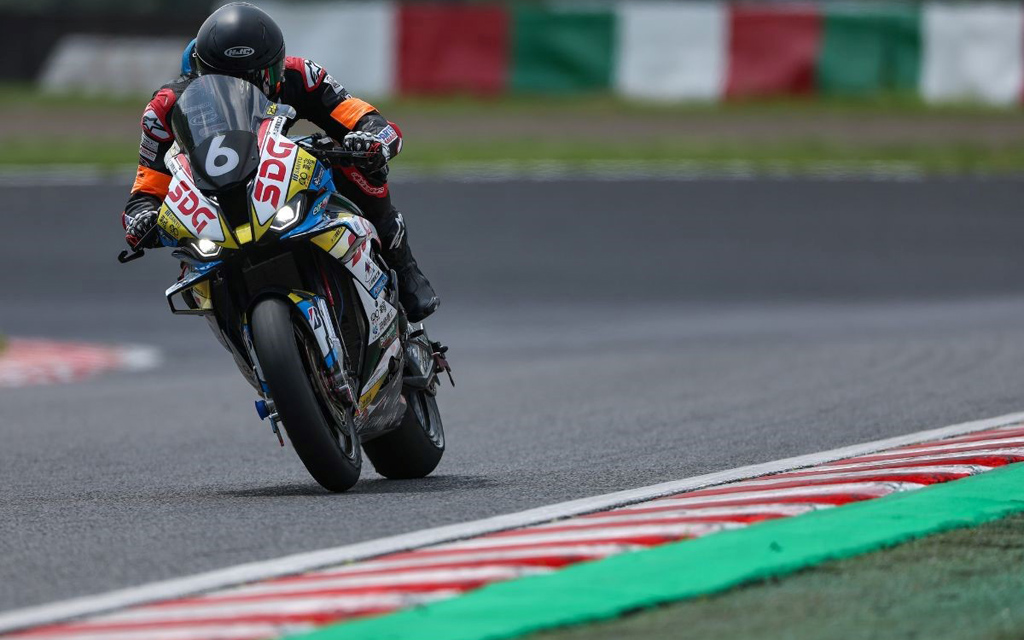
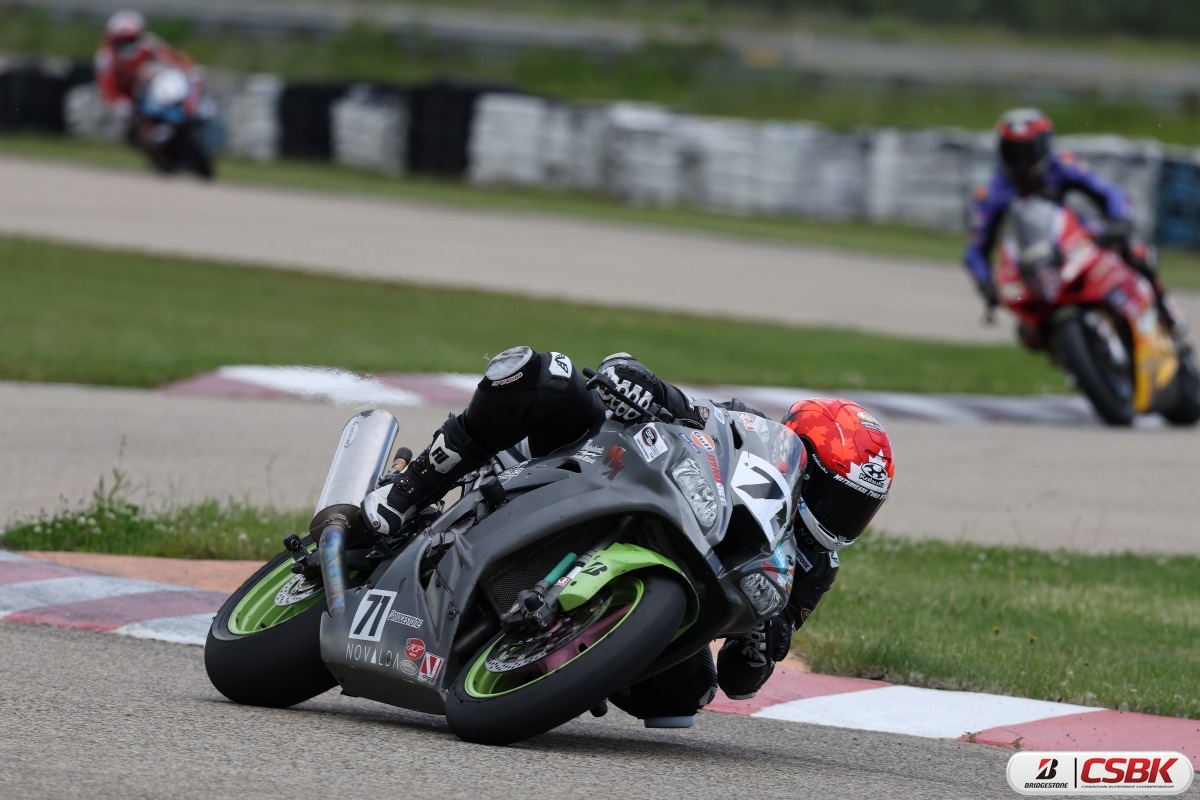
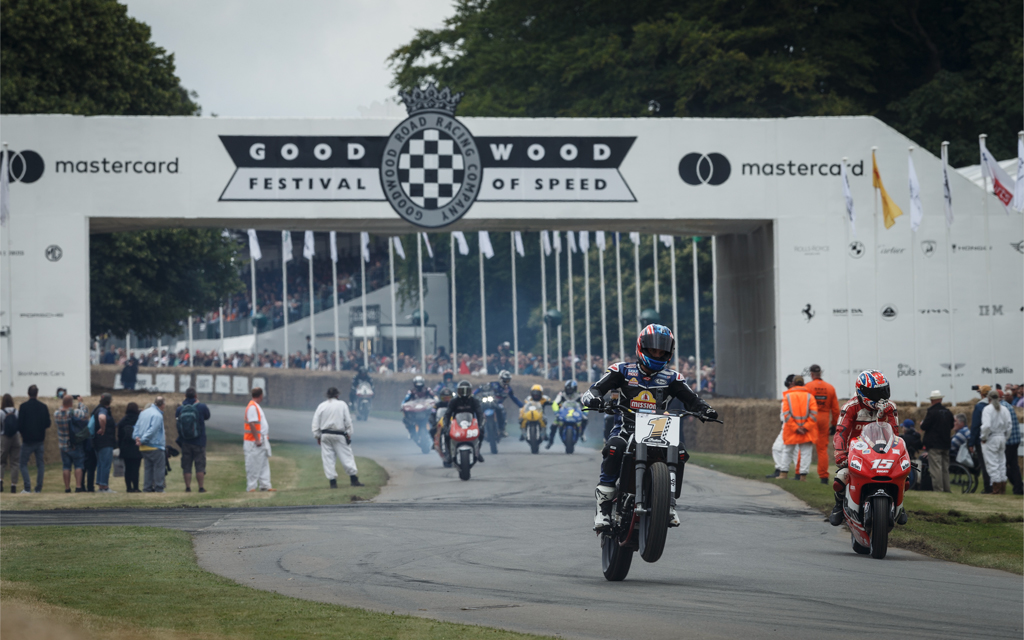
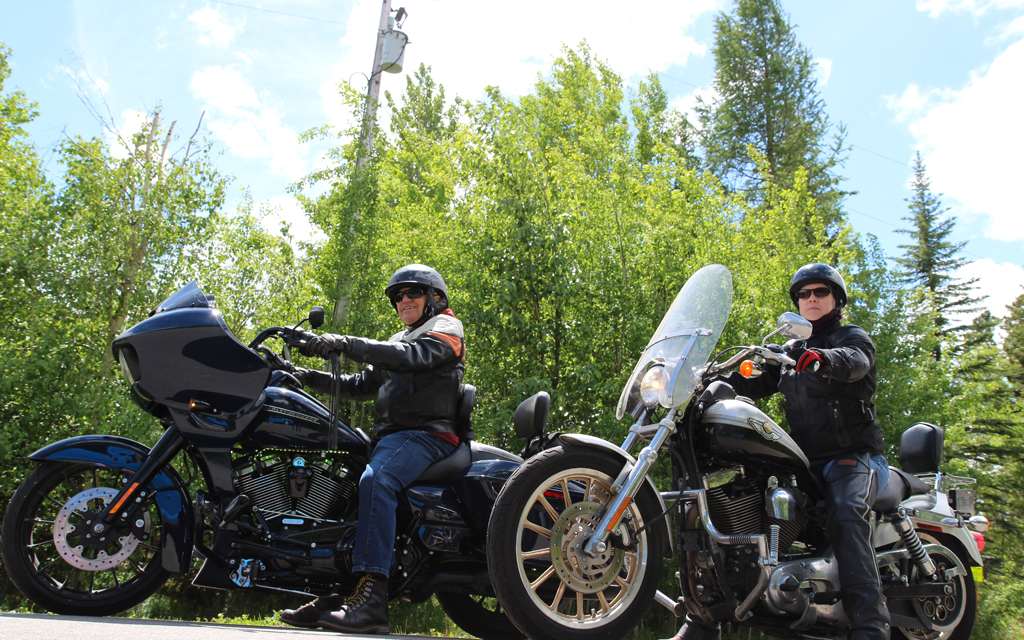

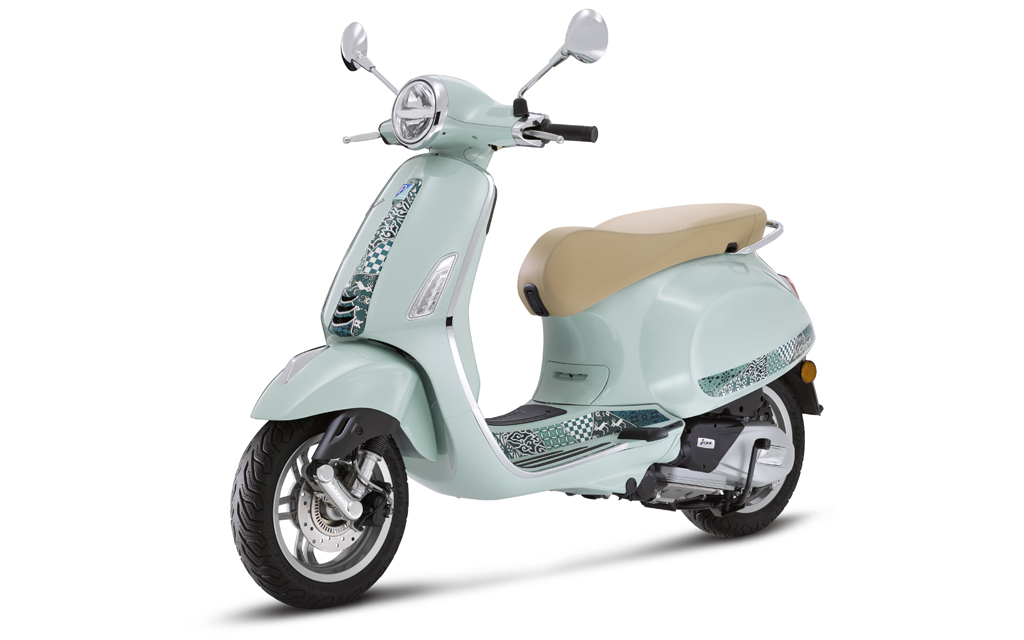
Numbers from Powersports Business News seem to indicate that the only significant industry growth overall is in side-by-side UTVS and personal watercraft.
Maybe folks are just trading one type of toy for another ?
l understand the reason for dropping the paper but l will not read cycle canada in the library [bathroom]. The reason l have stuck with this magazine is the paper. Yes l am a boomer with long motorcycle history but l am gone from your list of readers now. As David stated we are keepers of our sport and enjoyment but we are being pushed farther away with moves such as this.
Mr. Booth, on a totally un-related topic (except for the fact that i am turning 70) I wanted to ask your advice. I have been riding standards and sport bikes since 1980, most recently VFRs, but this June I succumbed to the sport adventure segment and bought a 2018 Vstrom 650. Light, comfy, responsive, I like it. Mind you when making a “rushed” pass I miss the ooompf the VFR. Anyway, I have read your article on the 1000 and suspension and I’m guessing the same would apply to the 650?
So, that is my question? What do you think?
yes same deal only more so, the fork not so great in the 1000, is even worse in the 650. suspension needed
by the by, the reason most given for riding the 650 is lighter weight, but with the neew gen 1000, there’s almost no difference
and you would not miss that VFR